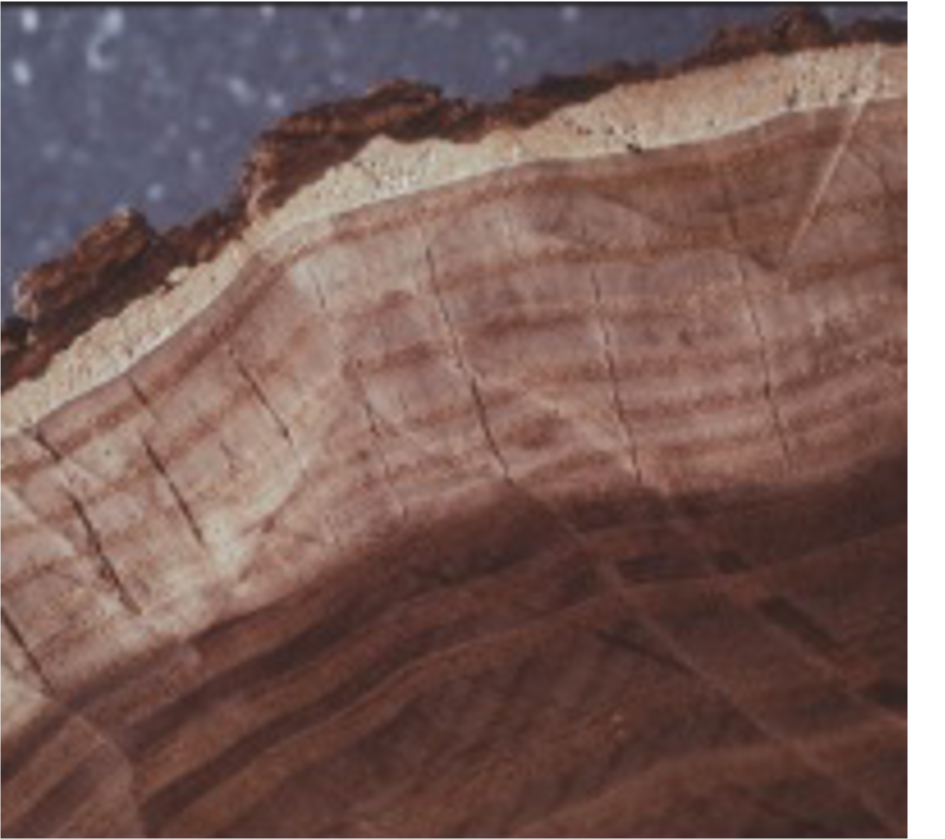Secondary Growth
1/7
There's no tags or description
Looks like no tags are added yet.
Name | Mastery | Learn | Test | Matching | Spaced |
|---|
No study sessions yet.
8 Terms
What is secondary growth stimulated by? what forms the ring? what ring?
stimulated by auxin from budsand gibberellins from root tips, leading to the increase in thickness of stems and roots. Procambrian cells and pith ray parenchyma cells divide to form a ring of "Vascular Cambium (VC)
What is VC? does it stay meristematic? what does this mean?
It is a meristem that produces secondary xylem inside and secondary phloem on outside, it stays meristematic, this means ___

What is this
a region of active cell division that allows for continuous growth in thickness of stems and roots.
How does the VC increased in diameter? Why is the necessary?
The VC increases by mitosis and makes wood inside. This wood pushes against the VC stimulating it to enlargeand produce more secondary xylem and phloem, which is necessary for supporting the plant's increased structural demands as it grows.
which cells do the xylem of flowering plants have? Which cells do the phloem have?
Xylem: xvms, tacheids that conduct water and nutrients
phloem: stms and cc that conduct sugar (ALIVE)
Hardwood vs softwood
Hardwood: Flowering trees and shrubs (xvms and tracheids)
Softwood: conifers (tracheids only and no xvms)
Which evolved first, soft or hardwoods?
Softwoods have more ancestral roots bc they evolved first (tracheids are ancestral traits)
Differences between spring and summer wood, what makes a single year?
Spring has large xvms and tracheids due to increase water
Summer has small xvms and tracheids due to decreased water